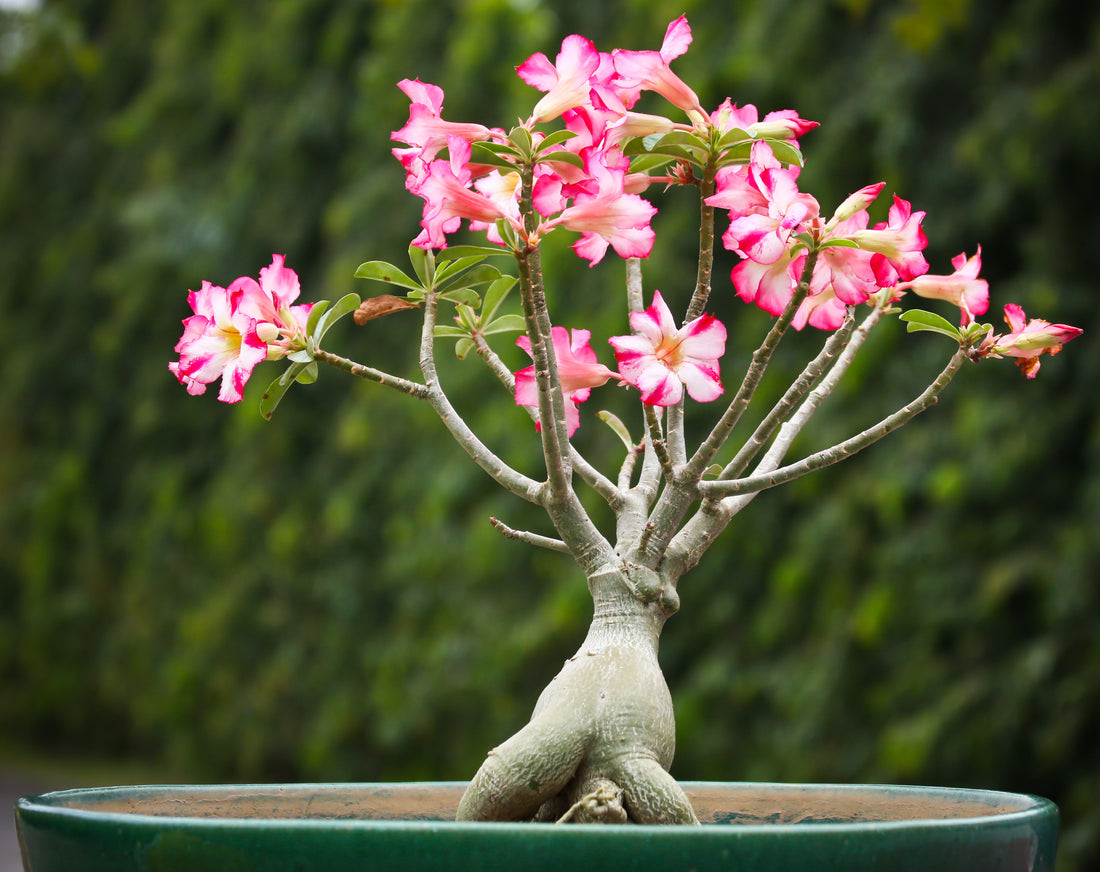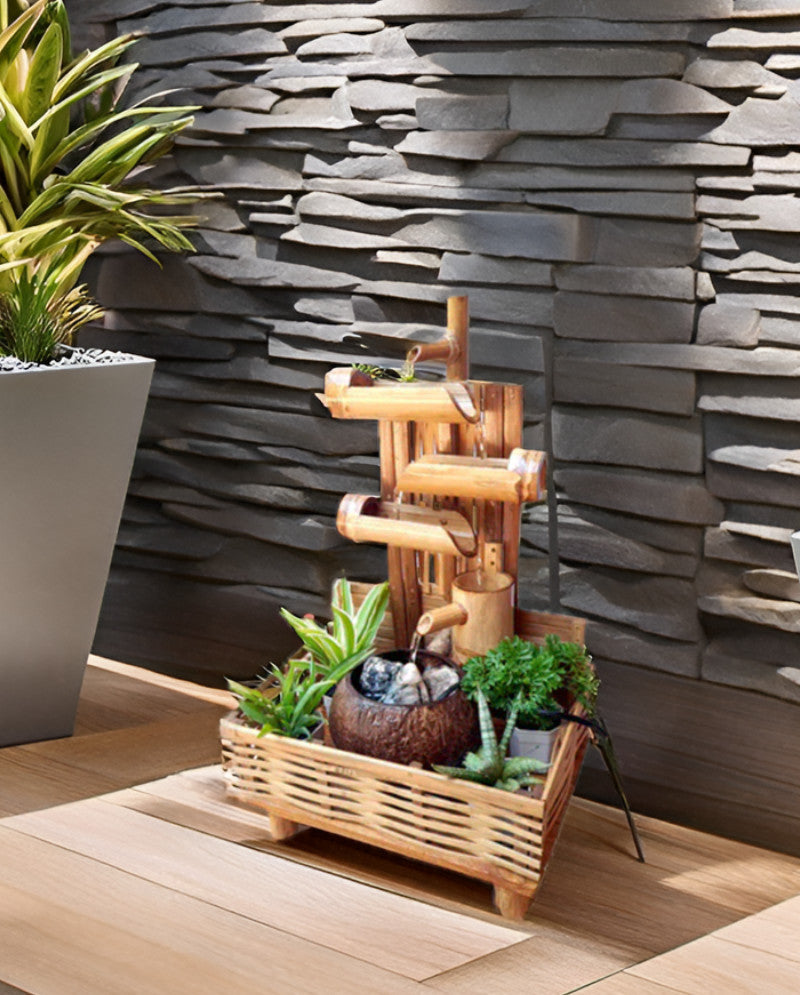
Adenium Care Guide: Essential Care Instructions
Adenium desert rose is an extremely beautiful plant.
These bushes have thick stems and fleshy branches. Their foliage is generally oval-shaped and varies in size (2-7 inches). The size generally depends on the maturity of the plant and its location. These plants commonly grow outdoors, however, when they are young, they can be seen within an indoor area.
The pink flower of the plant appears for a couple of weeks in spring. Of course, adenium images can’t show the real beauty of the blossom, but still they are really impressive.
5 Growing Tips
- Sunlight. These plants require much sunlight for proper development. If they are growing in cloudy locations, they become spindly and develop less vibrant blooms. Some species can withstand 30-50% shade and the sun can burn their foliage.
- Location. Choose the location with the temperature not more than 95 degrees F. Adenium obesum also enjoys high humidity. That is why in such areas these plants grow better, regardless of whether they are outdoors or indoors.
- Growing in the ground. When adenium is about to be planted into the ground, choose a raised bed with sloping sides. Make sure the area is well-drained.
- Growing in containers. How to grow the plant in containers? Choose only terracotta or clay containers; add stones to the pot’s bottom to ensure comparatively better drainage.
- Dormancy. These plants require special care, especially after entering dormant periods. I always move containers to dry and frost-free locations and water the plants once per month. When the spring comes, I increase the amount of water, because the plant starts entering another cycle.
Adenium grows well in desert climates, so if you want to have this plant at home, make sure you know how to care for it. The following care instructions will help you to ensure the plant’s health.
Daily watering is essential only during hot summer days. As the flower grows in warm climates, where the temperature always remains above 50F even at night, remember to water it regularly even throughout winter months. This will allow the soil to dry out between watering.
Temperature is another thing you should pay attention to. In case you live in a subtropical climate, you can place the plant indoors until cold weather passes. Adenium can also be grown outdoors in areas where the temperature never goes below 40. The desert rose can survive 40 degrees with little damage, but when the temperature is below 30, the plant dies.
In winter the plant can freeze, even if it is placed in a greenhouse. There are a few tips on how to care for adenium in winter. Many people treat it like a cactus. Caring for adenium, water it only on warm sunny days and move it to the house, when there is a risk of frost.
The Most Commonly Seen Diseases and Pests
Spider mites are pests that can occur on leaves and branches. They lead to leaves curling and are extremely harmful. To prevent their occurrence, it is essential to keep the plant free of dead plant debris and place it in the area with plenty of moving air.
Mealy bugs suck sap and nutrients from plants and usually become the main cause of slow growth. However, they are easily removed with strong water spray.
Though there are many different diseases that lead to various problems, I’ve personally faced only one - stem rot. This disease causes decaying of the plant’s inner layers, spreading very quickly during cold days. However, when the plant has survived its first winter, stem rot is no longer a problem.
If you keep to all these rules and instructions, you can consider adenium propagation through seeds and cuttings, but make sure you have enough place to hide your plants when it is cold outside.

